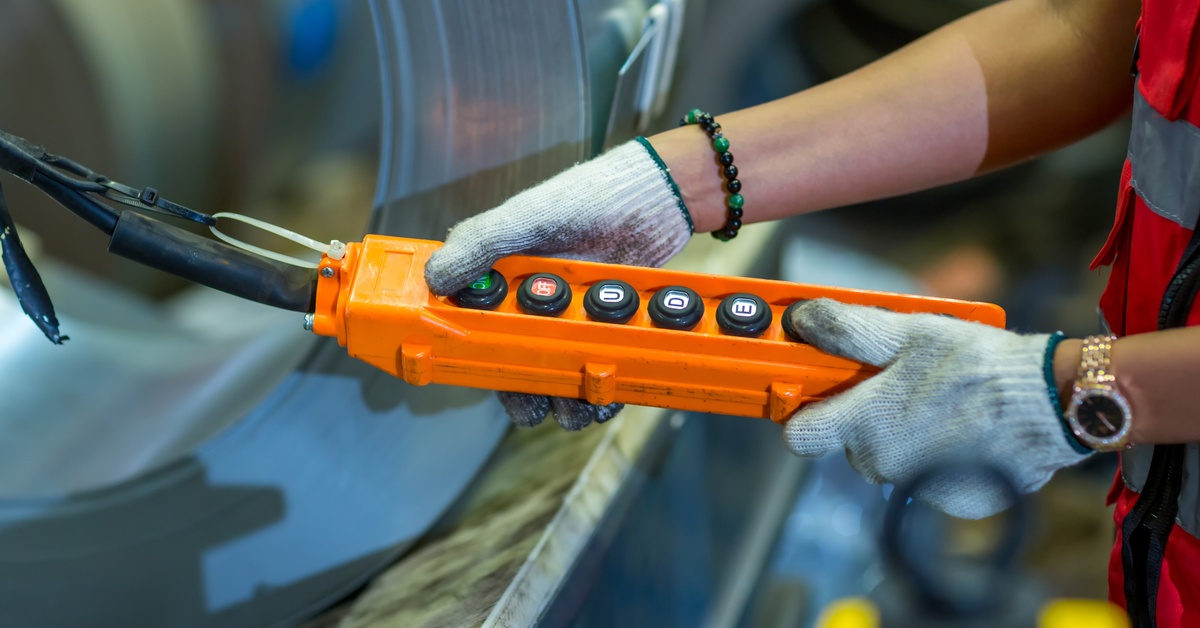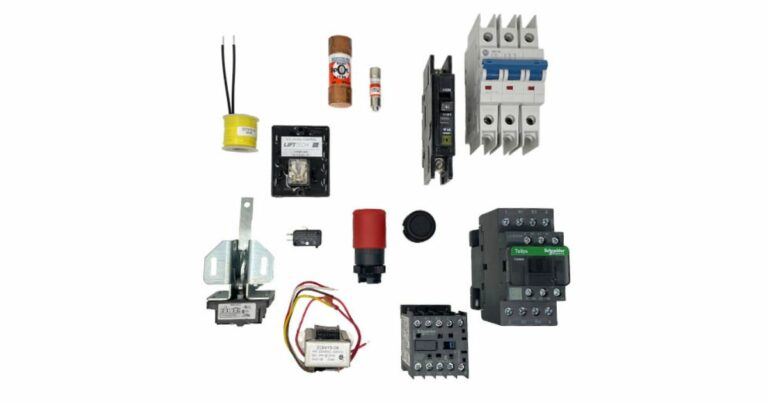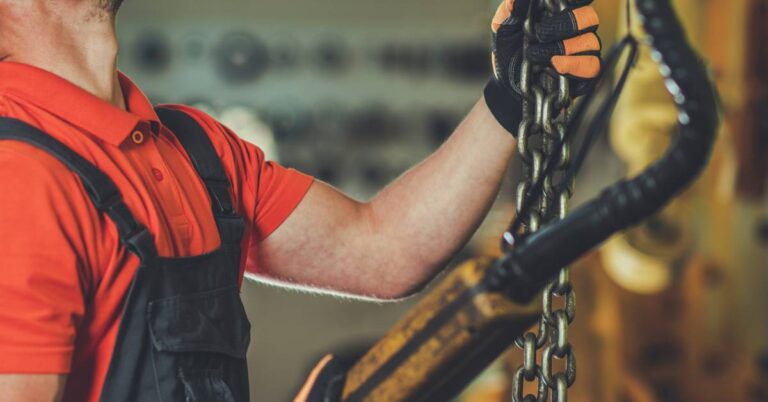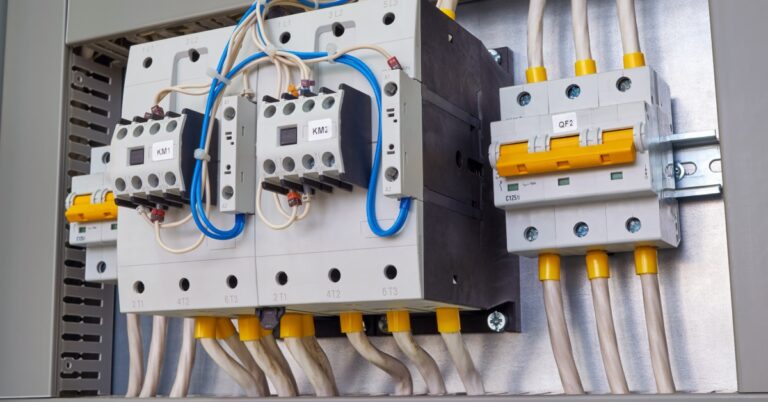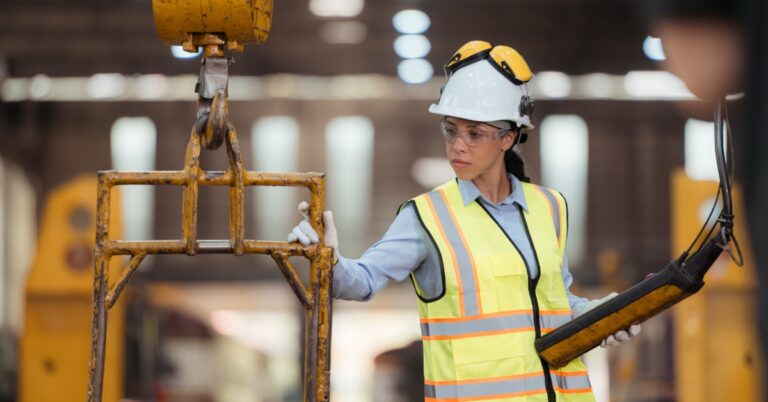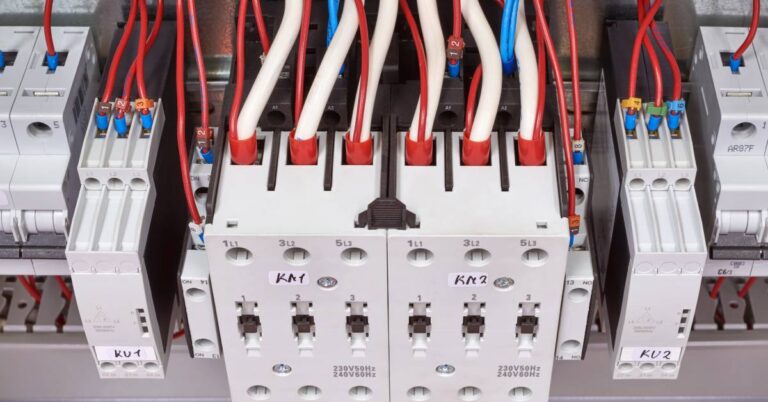Overhead Crane Controls: Pendants vs. Radio Systems
Picture this: Your operator guides a 10-ton steel beam across your facility’s floor when, suddenly, the control system fails. Will your team scramble to safety, or will your backup systems help your operations return to normal? This scenario plays out in industrial facilities every day, and it highlights why your control system choice matters more than you might think.
Two control technologies dominate the overhead crane market: battle-tested pendant controls and cutting-edge radio systems. Each technology takes a fundamentally different approach to crane operation, delivering unique benefits that can transform your workflow.
Your facility’s layout, safety requirements, and operational demands will determine which system serves you best. This post breaks down the key differences between pendants and radio systems so you can select the overhead crane controls that protect your team and maximize your productivity.
The Case for Pendant Controls
Pendant controls serve as the classic, hardwired solution for overhead crane management. A control box hangs from the crane via an electrical cable, allowing the operator to walk alongside the load. This direct physical connection eliminates the risk of signal interference from other radio frequencies in a busy industrial environment.
This setup also simplifies troubleshooting and maintenance since the components remain straightforward and contained. The hardwired nature of a crane pendant control system means you never worry about having to charge batteries or lose a connection mid-lift, which provides peace of mind during critical operations. The cable’s limited range also keeps the operator close to the moving load, which enhances situational awareness.
The Advantages of Radio Control Systems
Radio control systems offer operators unparalleled freedom and flexibility. Instead of connecting the crane with a cable, the operator uses a wireless transmitter to send signals to a receiver mounted on the equipment.
This mobility enables the operator to select the safest vantage point from which to control the crane. It helps them avoid potential hazards such as swinging loads or pinch points and significantly improves operator safety.
Wireless systems also reduce trip hazards by removing the hanging pendant cable from the work area. For facilities with large or complex layouts, radio controls enable operators to manage the crane from a greater distance. This distance allows them to improve workflow efficiency and reduce the time required to complete tasks.
Key Considerations for Your Operation
When selecting a control system, evaluate your specific work environment and operational requirements. Consider your facility’s physical layout. A crowded floor with numerous obstacles may make a radio system a safer choice because it allows operators to move freely.
Conversely, a simple, linear workflow might suit a cost-effective pendant system. You should also consider the potential for signal interference. If your plant uses other radio-frequency devices, a hardwired pendant might deliver better results.
Finally, review your budget and maintenance capabilities. Pendants cost less upfront and prove simpler to repair, while radio systems offer long-term safety and efficiency gains.
Ultimately, the debate over overhead crane controls — pendants vs. radio systems — depends entirely on your project’s needs. Both pendant and radio systems excel at moving heavy loads, but one will clearly outperform the other in your specific environment. When you carefully weigh your worksite factors, workflow, and safety priorities, you can select the control system that will best support your team.

